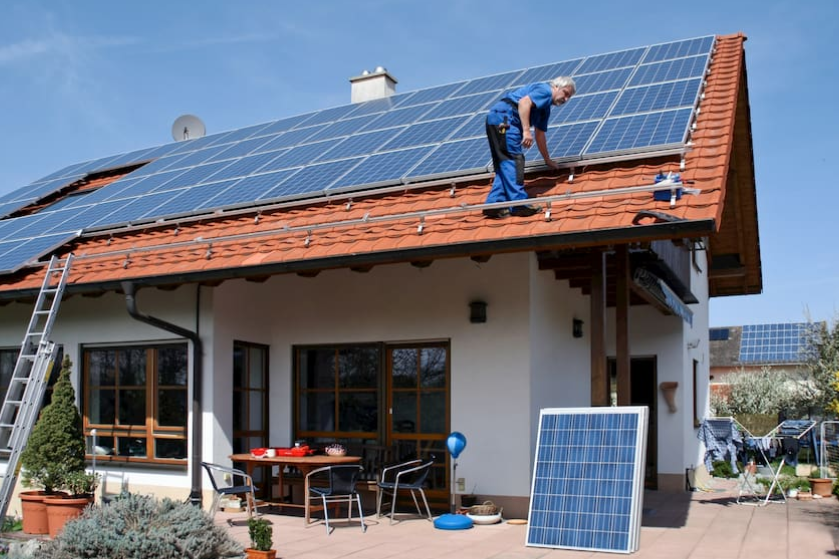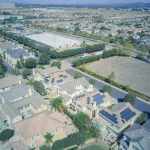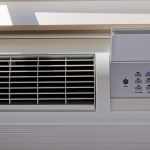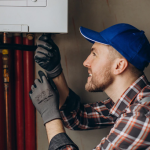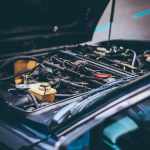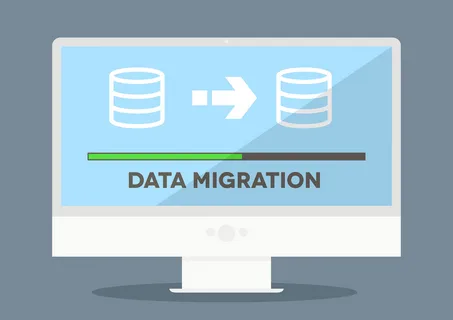A solar system has a service life of around 25 years. During this time, sooner or later dirt will appear that needs to be removed. In order for your solar system to remain as efficient as possible in the long term, you should have it serviced and cleaned regularly. In this way you benefit in the long term from the best possible performance of your solar modules and invest in the value of your system, more recommendations about solar panel maintenance are covered in this blog.
We will show you what you should pay attention to when cleaning your solar system.
Solar system cleaning by a specialist
There are a few things to consider when cleaning solar systems, which is why you should only have this done by a professional. Ideally, you should combine the cleaning with regular maintenance, because this not only saves you money, but the specialist installer can also check the system for technical defects during the cleaning and rectify them. Rely exclusively on qualified and trained specialists with a specialization in photovoltaic technology. So you can be sure that your solar system is in the best hands and will remain functional for as long as possible.
Advantages of professional solar system cleaning
Increased performance of your PV system
Regular cleaning prevents heavy soiling that can impair the performance of your PV system. Clean modules generate the maximum amount of energy, which you can either use for your own consumption or to feed into the grid.
Optimize feed-in tariff
Long-term dirt deposits are not only technically measurable, but are also reflected in the amount of payments that you receive from the feed-in tariff. Losses in performance of 10 percent and more also have a financial impact. Depending on the size of the facility, this can be a significant amount. It is therefore better to invest in cleaning that pays for itself quickly than to permanently forgo income. You can use the solar power calculator to calculate how much electricity your solar panel can generate and whether it’s enough for your home’s daily needs.
Dirt is not just dirt: the right way to clean your PV system
Having the right equipment is crucial when cleaning a solar system. Depending on the type of dirt, different cleaning agents are used. Depending on the manufacturer and the type of PV system, however, these can have an impact on the guarantee for the modules.
How is the cleaning done?
The individual solar modules are carefully cleaned with a brush specially developed for solar systems, which can be equipped with a rotating attachment. A brush trolley can be used to move along the individual rows of modules. In addition, a lifting truck is indispensable for thorough cleaning. Chemical cleaning agents are only used in certain cases. A professional solar installer should inform you, the customer, about the various options and possible consequences such as loss of warranty before cleaning. Because you can only fully weigh up the pros and cons if you get all the information you need about cleaning your PV system.

How often do I have to have my PV system cleaned?
The location of a system determines how often cleaning makes economic sense. In principle, many seasonal dirt – such as bird droppings or pollen – wash off by themselves with rain.
On the other hand, outdoor systems that are built along railway lines are particularly susceptible to dirt, which must be removed without fail. This is where rust dust, caused by abrasion when braking, settles on the modules. If this dust is not removed regularly, it literally eats into the surfaces of the modules.
Deposits of grease and substances containing ammonia play a role in systems on agricultural buildings.
Sticky pollen from certain tree species (e.g. birch, beech, maple, pine, poplar) can stubbornly settle on the modules in single-family homes. But dust from construction sites in the area can also require early cleaning.
Solar cleaning business field: You should pay attention to this
Are you a solar technician yourself and would like to expand your business to include professional solar cleaning?
Anyone who takes care of the installation, monitoring as well as maintenance and service for the PV system can also take care of the solar cleaning and thus combine all services. Personal protective equipment and the know-how of other work on the solar roof are the best prerequisites for safe and professional solar system cleaning.
By the way, if you have a lot of solar panels installed on your roof, the solar panel tax credit can save you a lot of money. This must be the one that deserves your most attention.
Secondly, to do a good job in the maintenance of the photovoltaic system, we need to know the basic components of the photovoltaic system first.
What are the components of a finished photovoltaic system?
A photovoltaic system consists of various components such as a mounting system, solar modules and an inverter. This is the heart of the facility. Other components are not absolutely necessary, but can be added if desired.
For example, storage systems, heat pumps, heating rods, charging stations for e-mobility and other controllable consumers to optimize self-consumption.
And how do these components of a complete photovoltaic system interact?
First, the mounting system is installed on the roof, which ensures stable anchoring of the photovoltaic system. Photovoltaic modules, in which the actual power generation takes place, are mounted on these brackets. The direct current generated in the solar modules is transported to the inverters via connecting cables. These convert direct current into alternating current so that it can be made available for use in the building and for the general power grid.
In order to increase self-consumption, unused energy can be stored in a battery system. The electricity is then available again when the photovoltaic system does not supply enough electricity for consumers such as the refrigerator or the washing machine. In addition, monitoring systems are available that enable you to precisely analyze the performance of your photovoltaic system.

